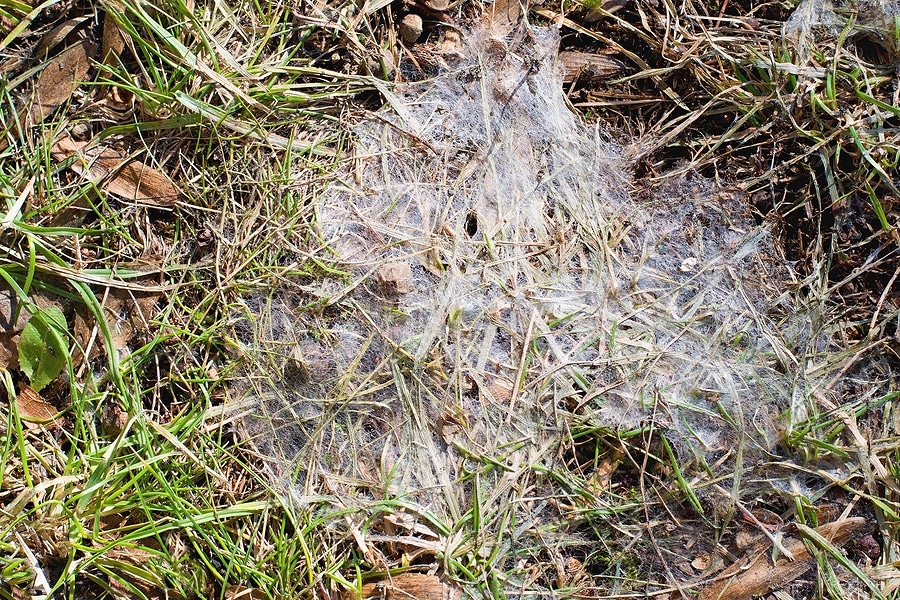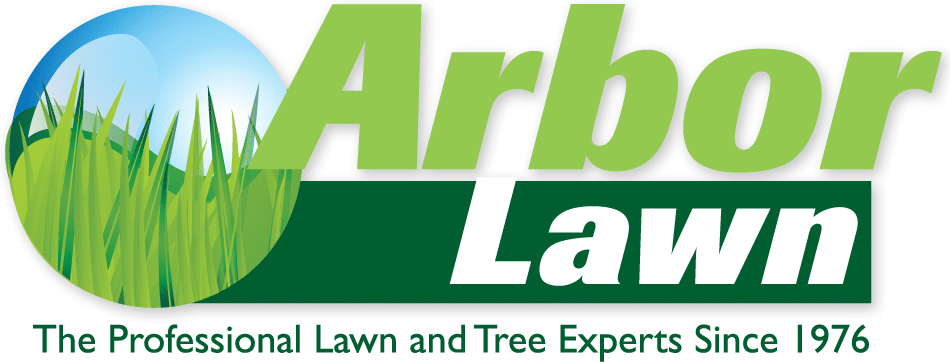Snow mold is a type of fungal disease that can affect grass and other plants during the winter months. It is caused by prolonged exposure to damp, wet conditions, such as those found under a layer of snow. When the snow melts, the affected grass may appear matted, discolored, or dead. If the effects of snow mold concern you, then here’s what ArborLawn suggests you do.

Types of Snow Mold
There are two main types of snow mold: gray snow mold and pink snow mold. Gray snow mold appears as circular patches of gray or brown grass, while pink snow mold is identified by its pink or salmon-colored fungal growth. Both types of snow mold can damage grass and landscaping and can be challenging to get rid of once established.
3 Ways to Avoid Snow Mold
1. Rake Leaves & Debris off the Lawn
Removing leaves and other debris from the lawn can help to prevent snow mold by allowing the grass to quickly dry out. This is especially important in areas where snow cover is minimal or patchy.
2. Fertilize & Overseed in the Fall
Fertilizing and overseeding the lawn in the fall can help to strengthen the grass and make it more resistant to snow mold. Use a high-quality fertilizer, and make sure to follow the manufacturer’s instructions.
3. Apply a Winterizer
A winterizer is a type of lawn treatment that helps to protect grass from the harsh conditions of winter. It can be applied in the fall to help prevent snow mold and other winter-related damage.
Call for Professional Lawn Care
By following the steps we’ve listed above, you can prevent the effects of snow mold on your lawn. Still, if you’re finding patches of concern in your landscape now, it’s time to call ArborLawn. We provide comprehensive lawn care for homeowners throughout Lansing, MI, and have years of experience treating snow mold. We also take care of pests like moles and grubs. So, if you’re looking to get a jumpstart on your spring lawn care, contact us today at (517) 882-1941.
